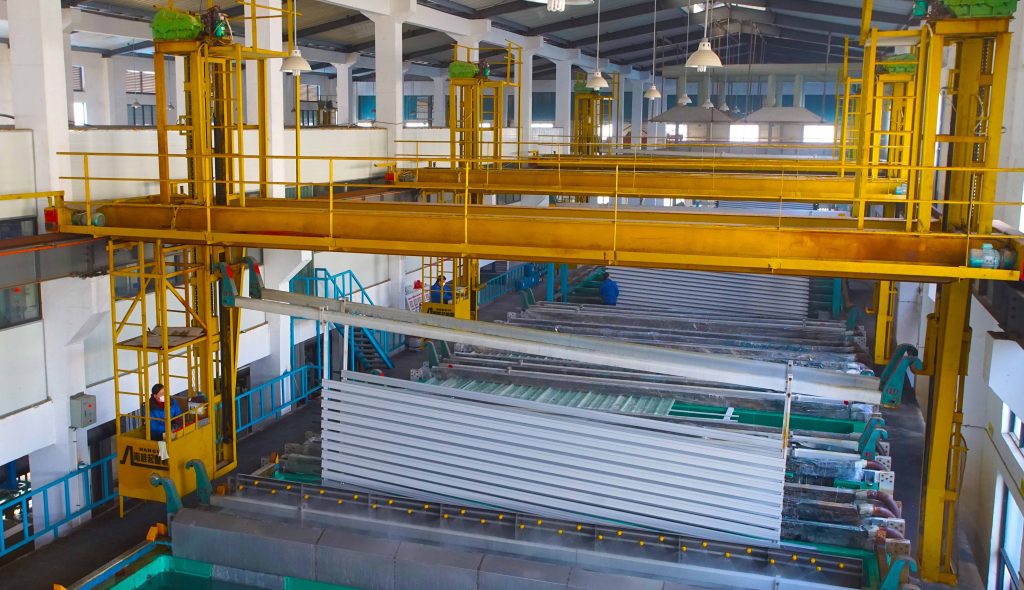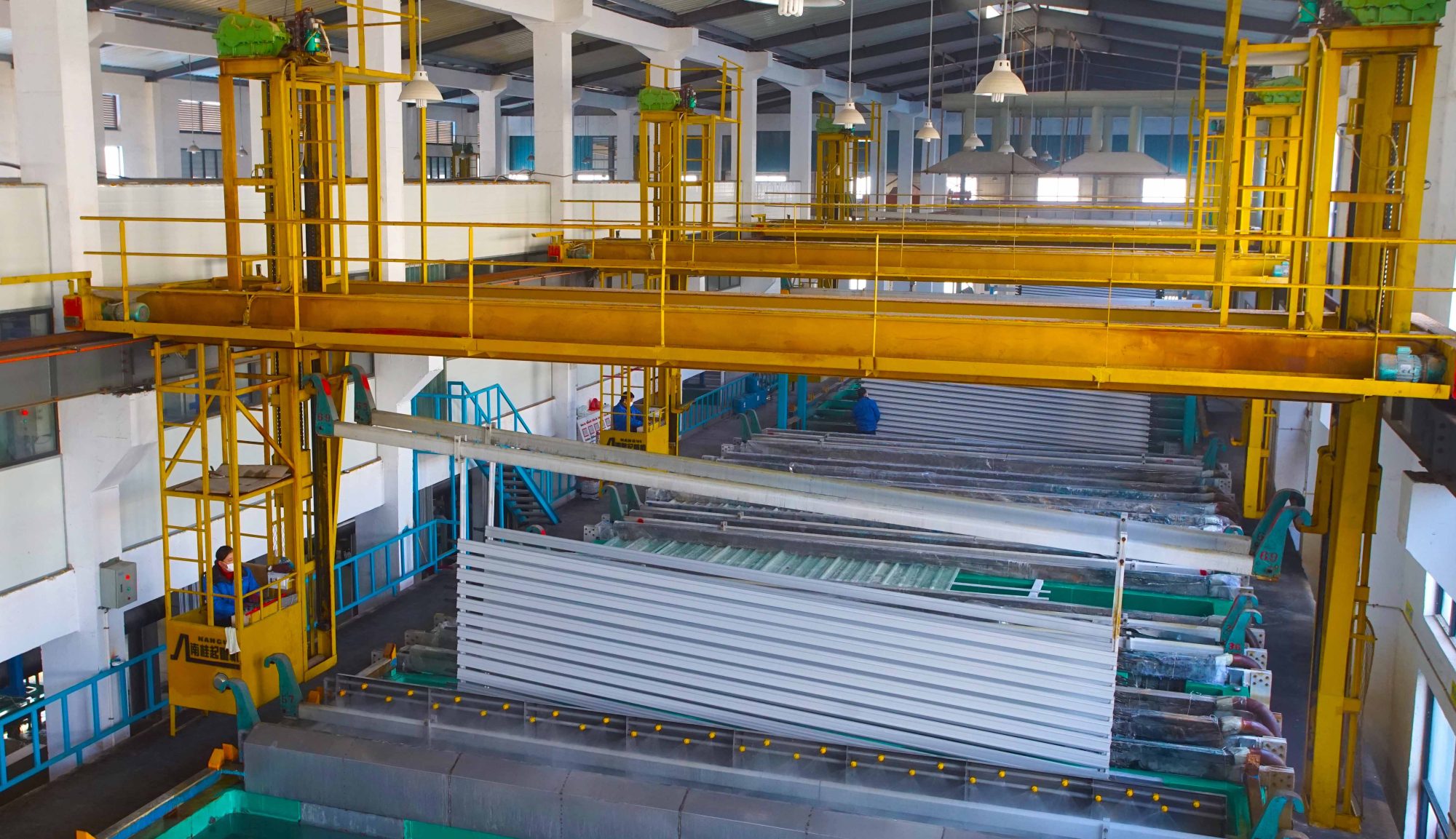Introduction
Industrial aluminum profiles are integral components in various applications, ranging from construction to machinery manufacturing. Despite their ubiquitous nature, there’s a lingering question that puzzles many: why is there such a significant price discrepancy in industrial aluminum profiles of the same specifications? In this article, we delve into the intricacies of this issue, shedding light on the critical factors that contribute to these variations.
Section 1: The Role of Extrusion Raw Materials
The journey of an industrial aluminum profile begins with its extrusion from high-quality aluminum rods. The caliber of these rods plays a pivotal role in determining the final product’s quality. High-quality aluminum results in durable and reliable profiles, whereas the use of scrap aluminum leads to a cheaper, but potentially less reliable product. Distinguishing between the two can be achieved by examining the color and surface texture; high-quality aluminum boasts a shiny appearance and smooth surface, while scrap aluminum tends to be yellowish with an uneven texture.
Section 2: Deep Processing Technology Variations
The deep processing of industrial aluminum profiles encompasses a myriad of technologies, but one of the most critical aspects is the thickness of the oxide film. This thin layer is paramount for enhancing the profile’s corrosion resistance. However, a thicker oxide film necessitates higher production costs, leading to a more expensive final product. Some manufacturers might opt to reduce the oxide film thickness to cut costs, resulting in a cheaper, yet less durable product.
Section 3: Product Thickness Discrepancies
Another factor that significantly influences the price of industrial aluminum profiles is the variation in product thickness. For instance, a profile might have an external thickness of 5 mm and a central thickness of only 3 mm. Some manufacturers might highlight the 5 mm thickness, neglecting to mention the thinner center, leading to misconceptions and uninformed choices by the customers. Being vigilant and comparing products based on their actual specifications is crucial to making an informed purchase.
Conclusion
In the intricate world of industrial aluminum profiles, understanding the nuances that contribute to price variations is key to making informed decisions. From the quality of raw materials to the intricacies of processing technologies and the often-overlooked product thickness, each factor plays a significant role in determining the final price of the product. By paying close attention to these details and prioritizing quality, buyers can ensure they are making the best possible investment for their needs.

